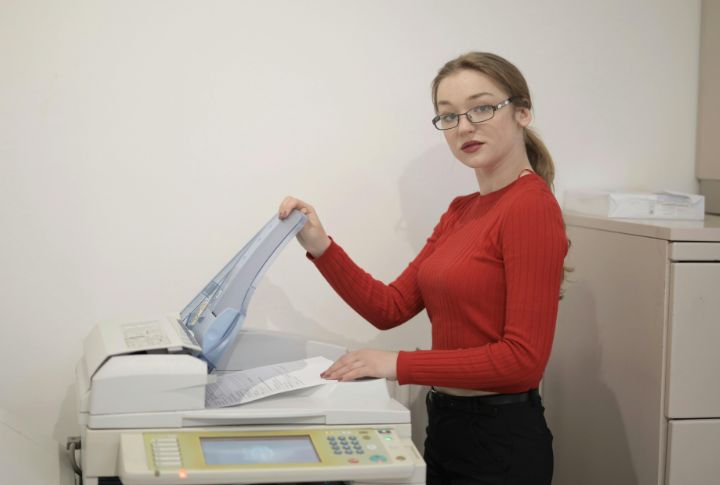
There was a time when office survival meant mastering tools, tricks, and tasks that now feel hilariously outdated. Those proud resume lines? Most are better suited for museum plaques than job listings. Let’s rewind and explore the workplace skills that quietly packed their bags as the future clocked in.
Taking Shorthand Notes

Before meetings came with recordings, shorthand was a valued office skill. Secretaries used systems like Gregg and Pitman to keep up with fast-paced speech. Today, tools like Otter.ai and AI-assisted notetakers can transcribe in real-time, so the need to write in symbols has largely diminished.
Typing On A Typewriter
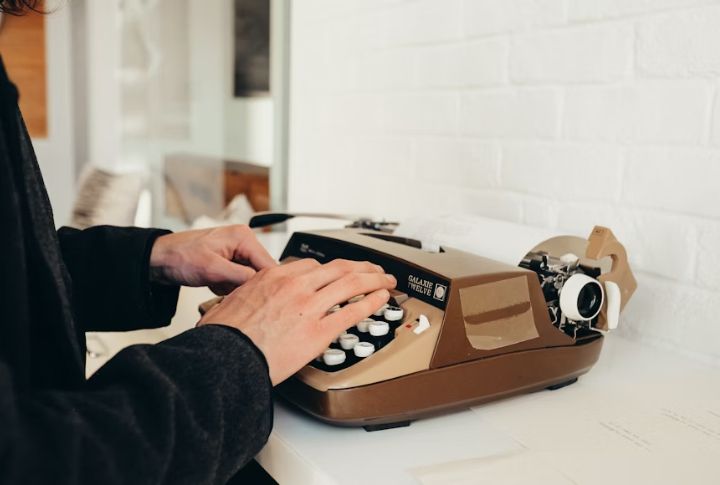
The sound of clacking keys and the rhythm of a carriage return once filled offices. In fact, mistakes meant retyping entire pages. Word processors now handle formatting and editing with ease. Predictive text and auto-correction have changed how typing is learned, which makes typewriter skills a relic of the past.
Faxing Documents
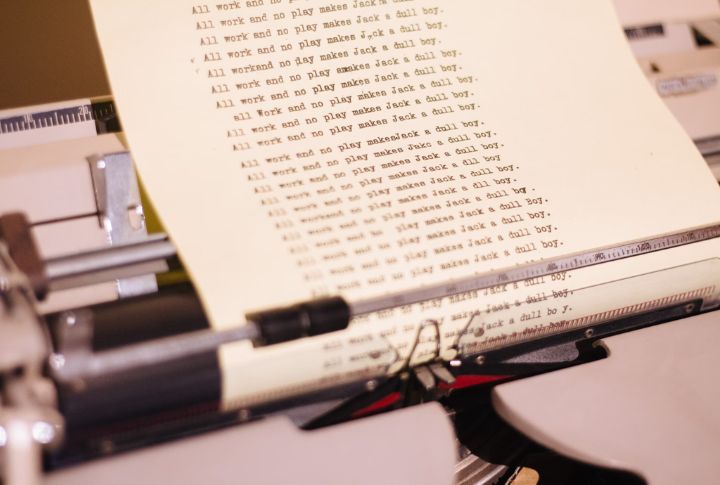
Today, email and services like DocuSign have eliminated the need for fax machines, and most industries now consider faxing a last resort, if they use it at all. In the 1980s, though, these machines were considered marvels that could send contracts across continents. They just came with busy lines and unreliable paper rolls.
Handwriting Business Letters

When was the last time you wrote a formal letter by hand for work? Neat penmanship once signaled professionalism, but email templates and spelling tools now shape how we communicate. Digital tone and formatting have replaced formal writing rules, so for most workers, handwriting letters is a forgotten ritual.
Memorizing Phone Extensions

There was a time when memorizing dozens of internal extensions was part of the job. Workers relied on printed directories and sticky notes. Today, CRM platforms and digital contacts make remembering numbers unnecessary, and few employees manually dial at all, thanks to contact syncing and one-click calling systems.
Operating A Switchboard
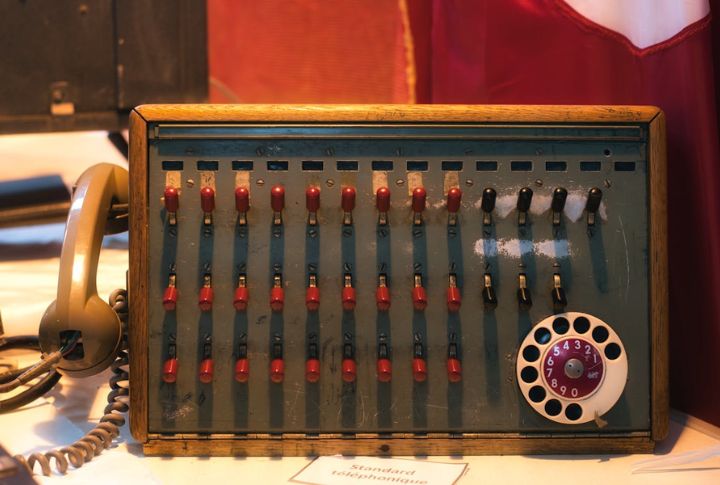
Before automated phone menus, switchboard operators manually routed calls in real-time. Every connection required a human to insert a cord and direct the call. As digital systems evolved, auto-attendants replaced human operators for routing calls. Today, switchboard duties have largely been replaced in most offices by software.
Filing Paper By Hand
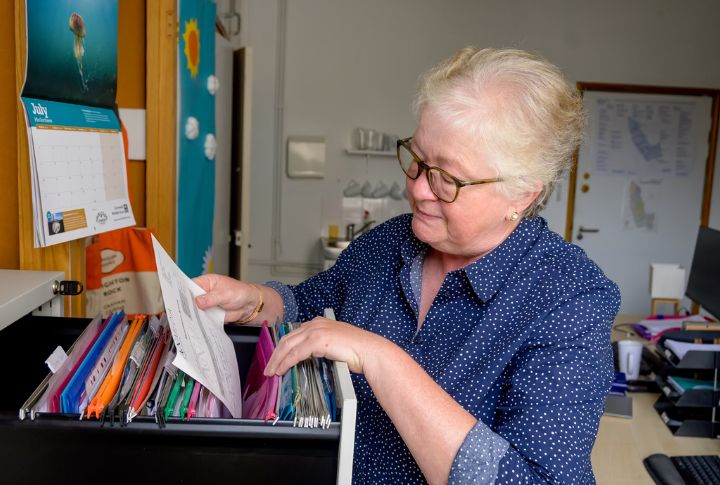
Offices depended heavily on physical filing systems, with drawers full of labeled documents arranged by hand. Now, platforms like Google Drive streamline the process with searchable databases. There’s little need to recall cabinet locations when a single click can retrieve the right file.
Fixing Paper Jams
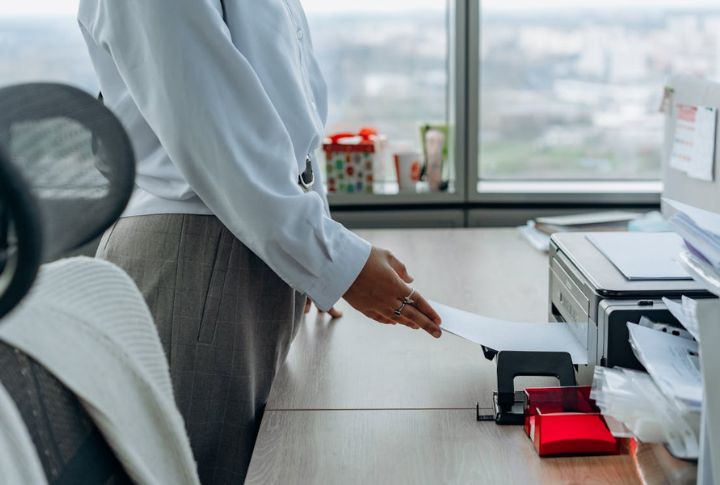
Anyone who worked in an office in the 1990s likely knows the dread of a printer jam. Employees learned how to realign trays and unclog rollers. However, digital documentation and shared drives mean printing is far less common. The fading art of fixing paper jams is also slipping away along with the office printer itself.
Using An Overhead Projector
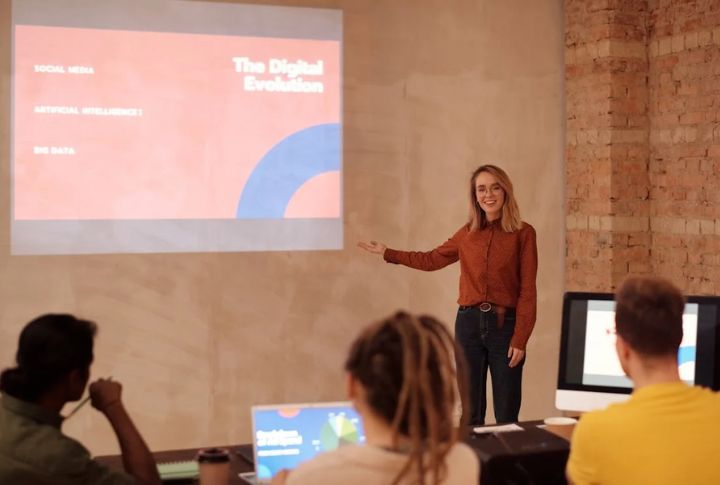
A presentation used to mean pulling out an overhead projector, adjusting transparencies, and dimming the lights. It was the go-to tool in classrooms and offices. Today’s presentations use vibrant slides and sleek graphics, and the once-essential projector now sits as a reminder of a slower, analog era.
Loading Film In Office Cameras
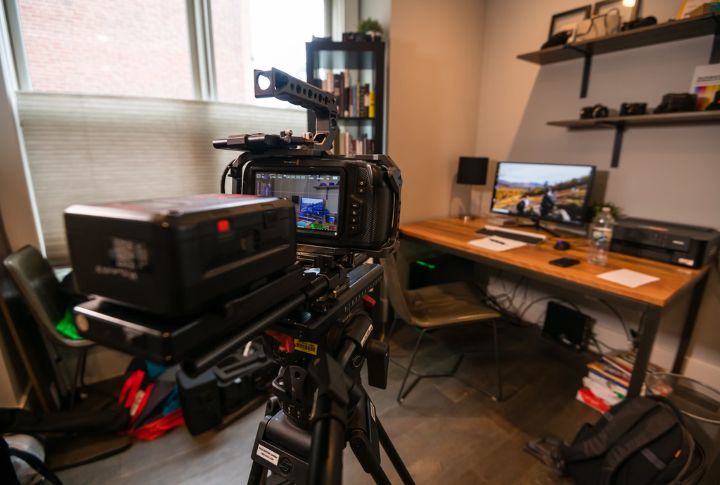
In the days before smartphones and cloud storage, taking a photo at work was a hands-on process. Employees loaded film into cameras with care, knowing they’d have to wait for development. Plus, these office photos weren’t casual—they were often essential for ID badges or official documentation, and mistakes were costly.
